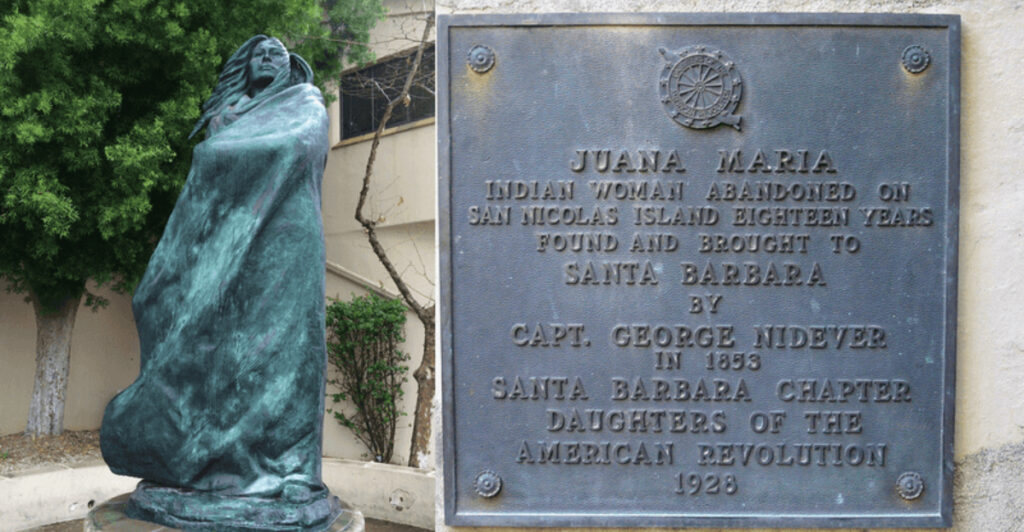Behind Scott O’Dell’s beloved novel Island of the Blue Dolphins lies the incredible true story of a Native Californian woman named Juana Maria. Known as the “Lone Woman of San Nicolas Island,” she survived alone on a remote California island for nearly two decades during the 1800s. Her tale of survival, loss, and maternal devotion has captivated readers for generations. Recent discoveries have revealed surprising new details about her life and the son who may have shared her island exile.
1. Juana Maria Was the Last of Her Tribe
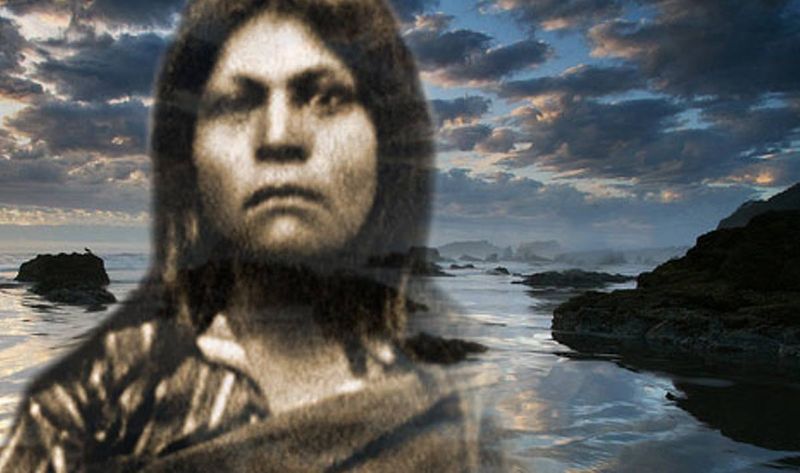
Juana Maria belonged to the Nicoleño people, who lived on San Nicolas Island off the California coast. When Spanish missionaries and Russian hunters disrupted their peaceful way of life, the tribe faced impossible choices.
By 1835, the remaining Nicoleños were forced to leave their ancestral home forever. Ships arrived to relocate the entire tribe to mainland California, where they hoped to find safety and new opportunities.
Tragically, Juana Maria became the final surviving member of her people. Her culture, language, and traditions would die with her, making her story both remarkable and heartbreaking for California’s indigenous history.
2. She Stayed Behind When Her Tribe Left
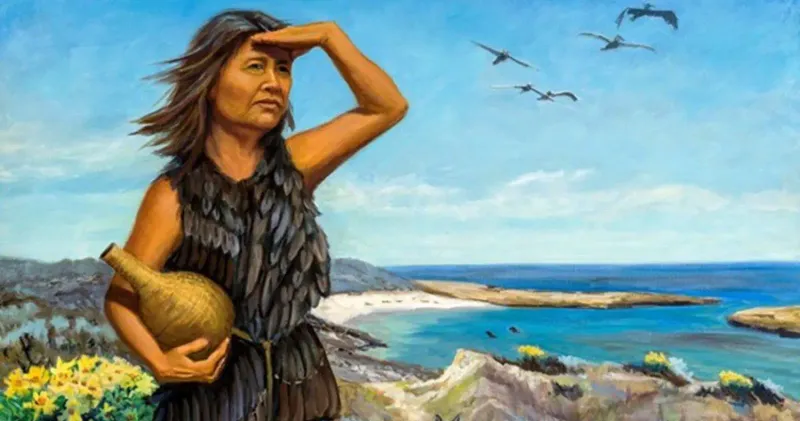
When the rescue ships departed San Nicolas Island in 1835, Juana Maria wasn’t aboard. For many years, people believed she had been accidentally forgotten during the chaotic evacuation.
Some romantic versions of her story claimed she dramatically jumped overboard to save a forgotten brother. However, historians now question these dramatic details, suggesting they were added to make the tale more exciting.
The truth appears simpler but no less compelling. Juana Maria made a deliberate choice to remain on the island, though her reasons wouldn’t become clear until much later when researchers uncovered new evidence about her family.
3. She Built an Amazing Survival Home
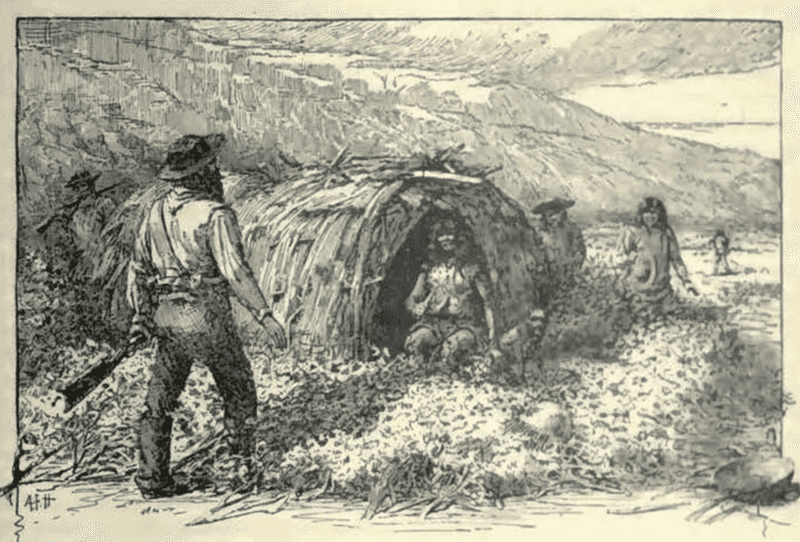
Juana Maria transformed into a master survivor during her 18 years alone. She constructed a remarkable shelter using whale bones as the frame, then covered it with brush, seaweed, and driftwood she found along the shore.
Her resourcefulness extended far beyond housing. She crafted fishing hooks from bones, wove baskets from island plants, and created warm clothing from bird feathers and seal skins.
Every day brought new challenges, from finding fresh water to protecting herself from harsh Pacific storms. Her incredible ingenuity and determination kept her alive when most people would have perished within months.
4. Her Rescue Led to Tragic Death
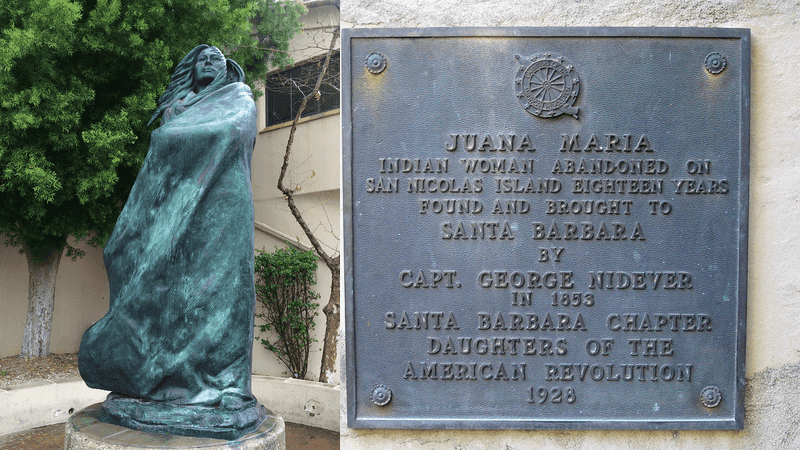
In 1853, sea otter hunter George Nidever finally found Juana Maria and brought her to Santa Barbara. The local mission baptized her with the Christian name “Juana Maria,” though her original Nicoleño name remains unknown.
People were fascinated by her story and tried to communicate with her. Sadly, no one could speak her native language, and she struggled to learn Spanish or English.
Within seven weeks of her rescue, Juana Maria died from dysentery. Her body couldn’t fight off mainland diseases after decades of isolation. Her death marked the end of the Nicoleño people forever.
5. New Research Reveals Her Lost Son
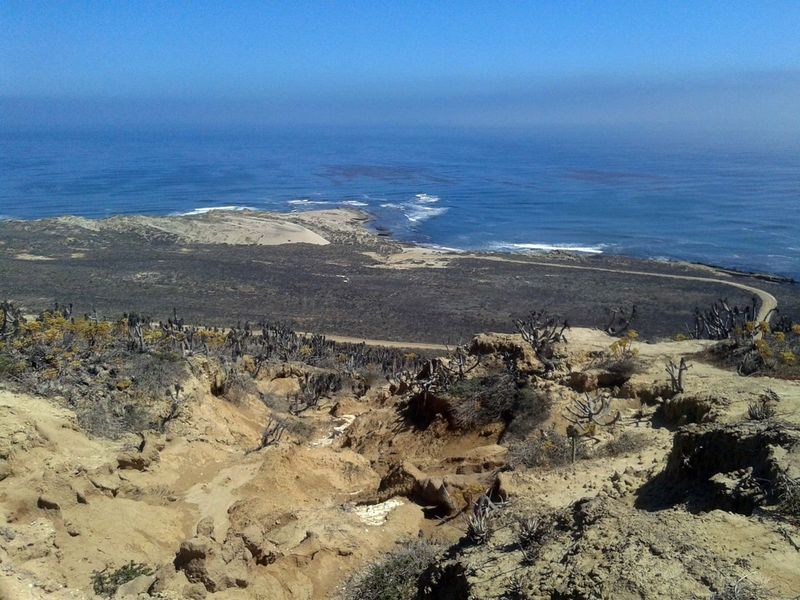
Recent archaeological discoveries have completely changed Juana Maria’s story. Researchers now believe she wasn’t accidentally left behind – she chose to stay because her young son refused to leave the island.
Mother and son likely lived together on San Nicolas Island for several years. Tragically, her child died in what may have been a shark attack or encounter with killer whales that frequent those waters.
Only after losing her son did Juana Maria allow herself to be rescued. This revelation transforms her from an abandoned victim into a devoted mother who made the ultimate sacrifice for her child’s wishes.

